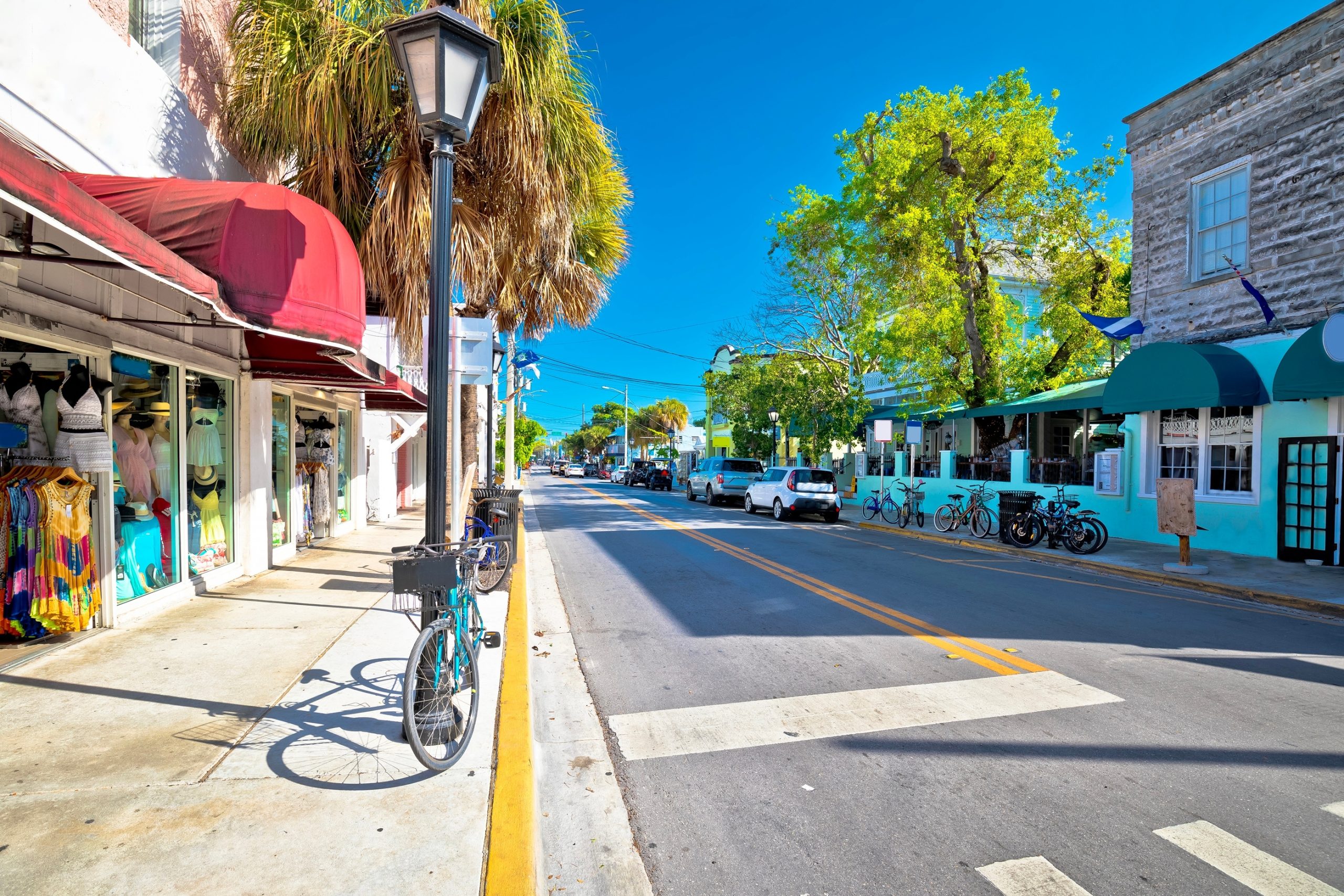Duval Street, the vibrant heart of Key West, is much more than a hotspot for nightlife and cultural festivities—it’s a living testament to the city’s rich history and unique heritage. Stretching a little over a mile from the Gulf of Mexico to the Atlantic Ocean, Duval Street is one of the few streets in the world that spans two bodies of water. This iconic thoroughfare is a melting pot of cultures, styles, and stories that have shaped Key West into the paradise it is today.
Early Beginnings
The origins of Duval Street date back to the early 1820s when Key West was established as a U.S. territory. Named after William Pope Duval, the first territorial governor of Florida, the street quickly became a central axis for commerce and community. Initially, the area was dotted with small homes and businesses catering to the maritime industries that dominated Key West’s economy, such as shipwreck salvaging and cigar manufacturing.
The Boom of the 19th Century
By the mid-19th century, Duval Street was thriving. The cigar trade brought waves of Cuban immigrants who infused the area with Latin culture, music, and cuisine. The architecture of Duval Street began to reflect this influence, with Spanish-style homes and conch houses becoming prominent. At the same time, the street’s commercial role expanded as Key West became one of the wealthiest cities in the U.S. per capita, thanks to salvaging and sponging.
Twentieth-Century Transformation
The early 20th century marked a period of change for Duval Street. As Key West’s economy faltered due to the decline of the cigar and sponging industries, the area transitioned into a hub for tourism. The Overseas Railroad, completed in 1912, opened up the island to travelers, bringing an influx of visitors eager to experience the tropical charm of Key West.
During Prohibition, Duval Street became known for its lively speakeasies and clandestine rum-running operations. The street’s reputation for revelry and creativity grew, attracting literary and artistic icons like Ernest Hemingway and Tennessee Williams. Their presence solidified Key West’s standing as a bohemian retreat.
Modern-Day Duval
Today, Duval Street is synonymous with fun, culture, and celebration. Its eclectic mix of art galleries, boutiques, restaurants, and bars offers something for everyone. Visitors can explore nearby historic landmarks like the Ernest Hemingway Home and Museum, indulge in fresh seafood, or dance the night away in one of the many live music venues.
Events like the annual Fantasy Fest, a 10-day costume extravaganza, and the Conch Republic Independence Celebration showcase the street’s enduring spirit of creativity and community. Despite its modern amenities, Duval Street remains deeply connected to its roots, preserving the architectural and cultural heritage that makes it uniquely Key West.
Conclusion
Walking down Duval Street is like flipping through the pages of Key West’s history book. From its humble beginnings as a maritime hub to its current status as a world-renowned destination, Duval Street has evolved while staying true to its vibrant, eclectic essence. Whether you’re a history buff, a foodie, or just looking for a good time, Duval Street promises an unforgettable experience steeped in the charm and character of Key West’s colorful past.


 Facebook
Facebook
 X
X
 Pinterest
Pinterest
 Copy Link
Copy Link


